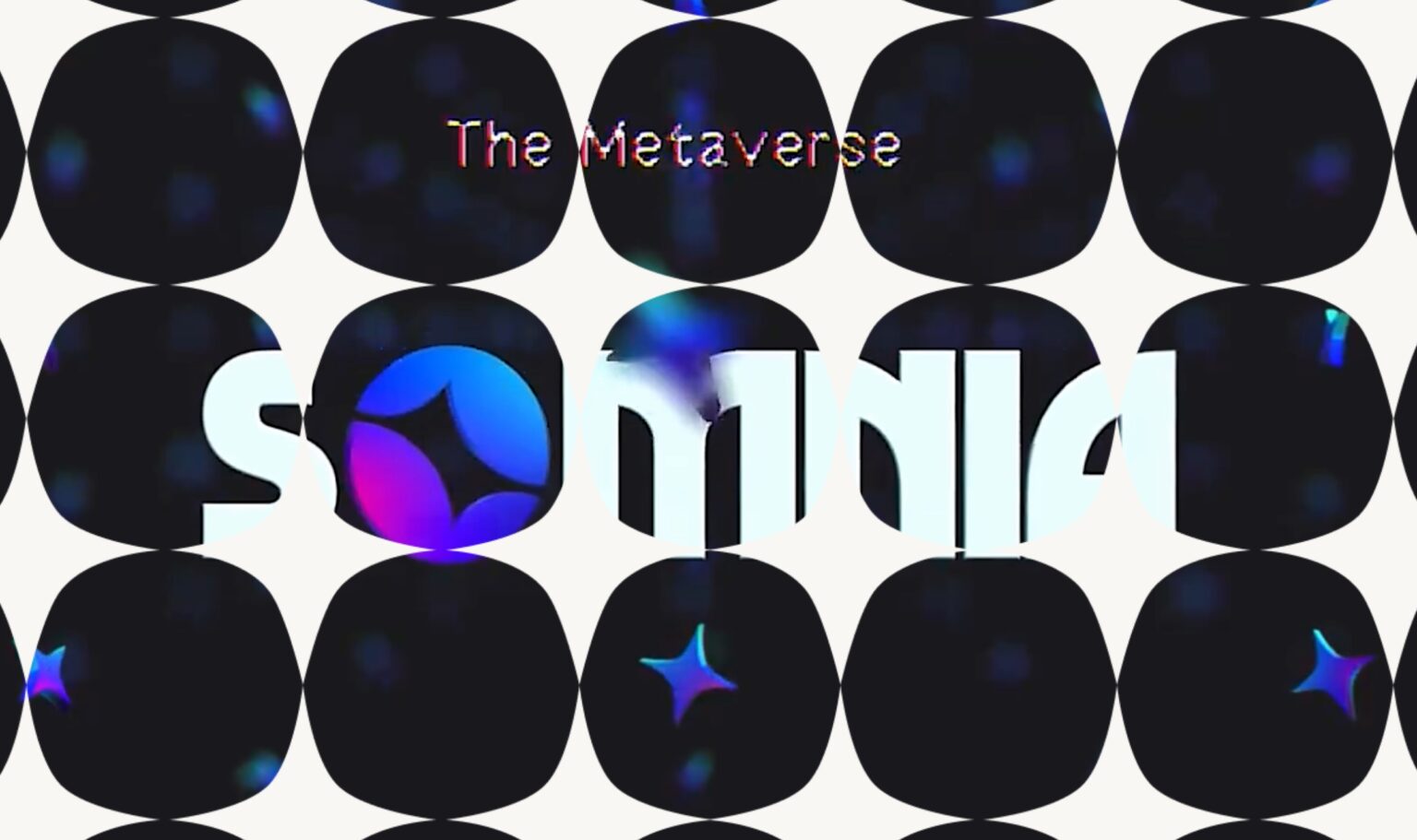Somnia Network, a layer one (L1) blockchain on Ethereum that connects metaverses, says it is looking to boost scalability and speed in virtual worlds following its launch on Wednesday.
The platform is a project under the independent non-profit Virtual Society Foundation, or VSF, which is backed by London-based startup Improbable and its interoperable metaverse ecosystem, MSquared.
Also read: Improbable’s New Metaverse Tech Could Host 40,000 Users Simultaneously
Interoperability in the metaverse
According to VSF, Somnia Network is a set of protocols that allows users to move across different metaverse platforms with ease and builders to combine and remix content.
The blockchain could theoretically bring “millions of users into an open, unified metaverse,” VSF claims, enabling assets, commerce, and avatars to move between experiences “seamlessly.”
“Most blockchains are great for finance, and we have seen great innovations in DeFi, but scaling limitations have prevented more social and creative ventures from taking off,” Paul Thomas, founder of Somnia, said.
“The protocols we are releasing will also enable the vision of a connected and composable metaverse which I hope will bring new community collaboration across the space.”
The metaverse, a network of interconnected virtual worlds where people can interact, play, and work, has been handicapped by a lack of blockchain platforms that are both scalable and fast.
In addition, the space is fragmented, making it hard for users and content creators to work together in any meaningful way. As such value is concentrated among metaverse owners, and not creators.
Somnia said its technology solves such problems. In a blog post, it stated the blockchain can support “millions of transactions per second” (TPS) with the speed and affordability needed to operate a global virtual community.
In early prototype tests, Somnia, a platform built for the metaverse, recorded over 100,000 TPS with “sub-second finality” – meaning a transaction took less than one second to be fully confirmed.
Proudly celebrating the official launch of @Somnia_Network 🚀
Somnia is the first project that the foundation is undertaking to create a unified metaverse.
Together, we're shaping the future of virtual societies. https://t.co/cjE6ZhRQH1
— Virtual Society Foundation (@virtualfound) April 3, 2024
Somnia’s creator economy
Somnia says that its primary goal is to develop a real virtual world, allowing people from around the world to connect and interact in what’s dubbed a ‘global metaverse.’ It wants to build a new creator economy that incentivizes builders to share and remix content.
Creators can use protocols provided by Somnia to develop worlds while users could build on the creations of others. For example, metaverse events may leverage components from past events, like concert stages or firework displays, to make their own shows.
Builders can also remix this entire content by changing the colors of say previous light shows and presentation of the fireworks. The original creators of the components that are used earn royalties through microtransactions, Somnia says.
Things like avatars and objects can be sold across any metaverse and blockchains, and value will be shared by all participants in the ecosystem, allowing “everyone to benefit and have a voice.”
The protocols built on Somnia allow existing NFT collections to be upgraded and rendered as interoperable 3D objects that work with metaverse experiences on the network. The idea is to tap the reported $100 billion of value locked in the blockchain gaming, metaverse, and NFT sectors.
“This unified and open style of metaverse will lead to enhanced experiences, additional value for the NFT and gaming sectors,” the company detailed.
Over the coming weeks, Somnia will launch its Betanet protocol on MSquared’s experience engine Origin. The protocol will allow users access to gaming, sporting, and musical immersive experiences. Users can also create avatars that work across blockchains and set up their identity in the metaverse using Avaturn’s technology.









 and then
and then